1.4. Workflow
This section will introduce the basic concepts of Workflow.
Workflow refers to a series of ordered tasks or activities that are interconnected according to predefined rules and steps to achieve specific business goals or processes.
Main Features and Advantages
Automation and Convenience
Workflow reduces human intervention through automation technology, improving work efficiency and accuracy. When dealing with relatively complex task goals, Workflow can greatly simplify development difficulty and lower the development threshold while still retaining the upper limit of development. During development testing, Workflow will automatically trigger events according to the node connection order, and if an error occurs, it will promptly indicate the error node and issue.
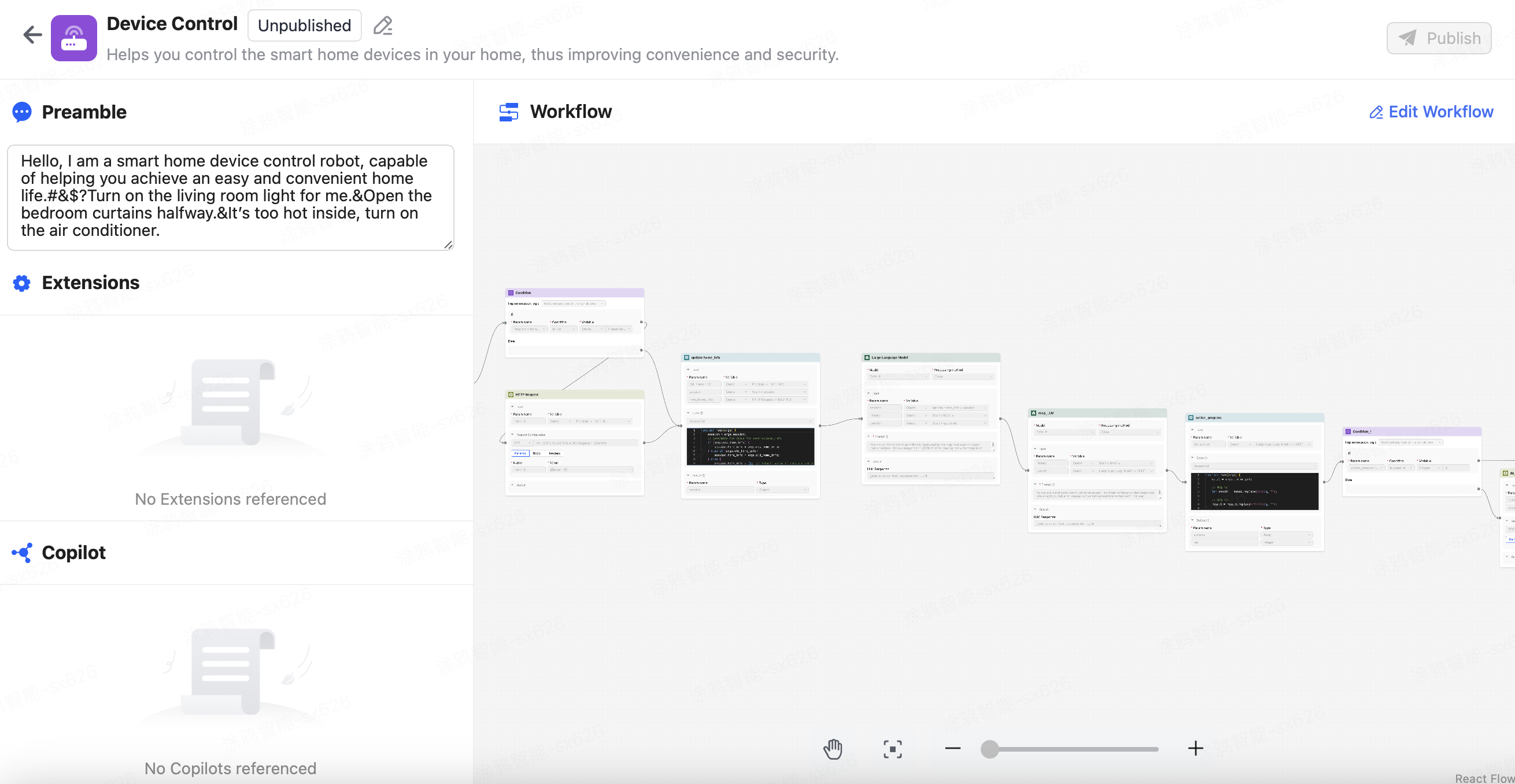
Real-time Monitoring
Workflow provides real-time monitoring and tracking functions, allowing users to view the execution status, progress, and results of the workflow. Monitoring the workflow helps users identify and resolve issues, ensuring the workflow is executed as planned. After the work is completed, the data generated by each node will be summarized and displayed, helping developers understand the working status of each node.
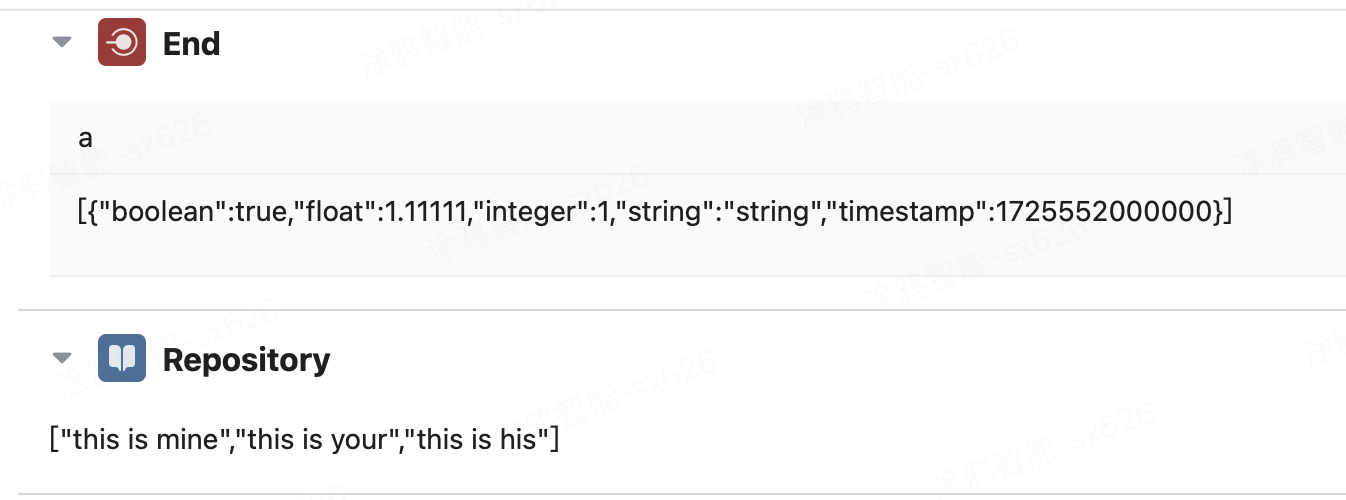

Trial Run
Clicking on the Trial Run at the top right of the Workflow will start the trial run. After starting, the user needs to input the corresponding type of data according to the settings of the Start node (data types with 'Is it required' enabled must be entered, indicated by a red asterisk in the top left corner).
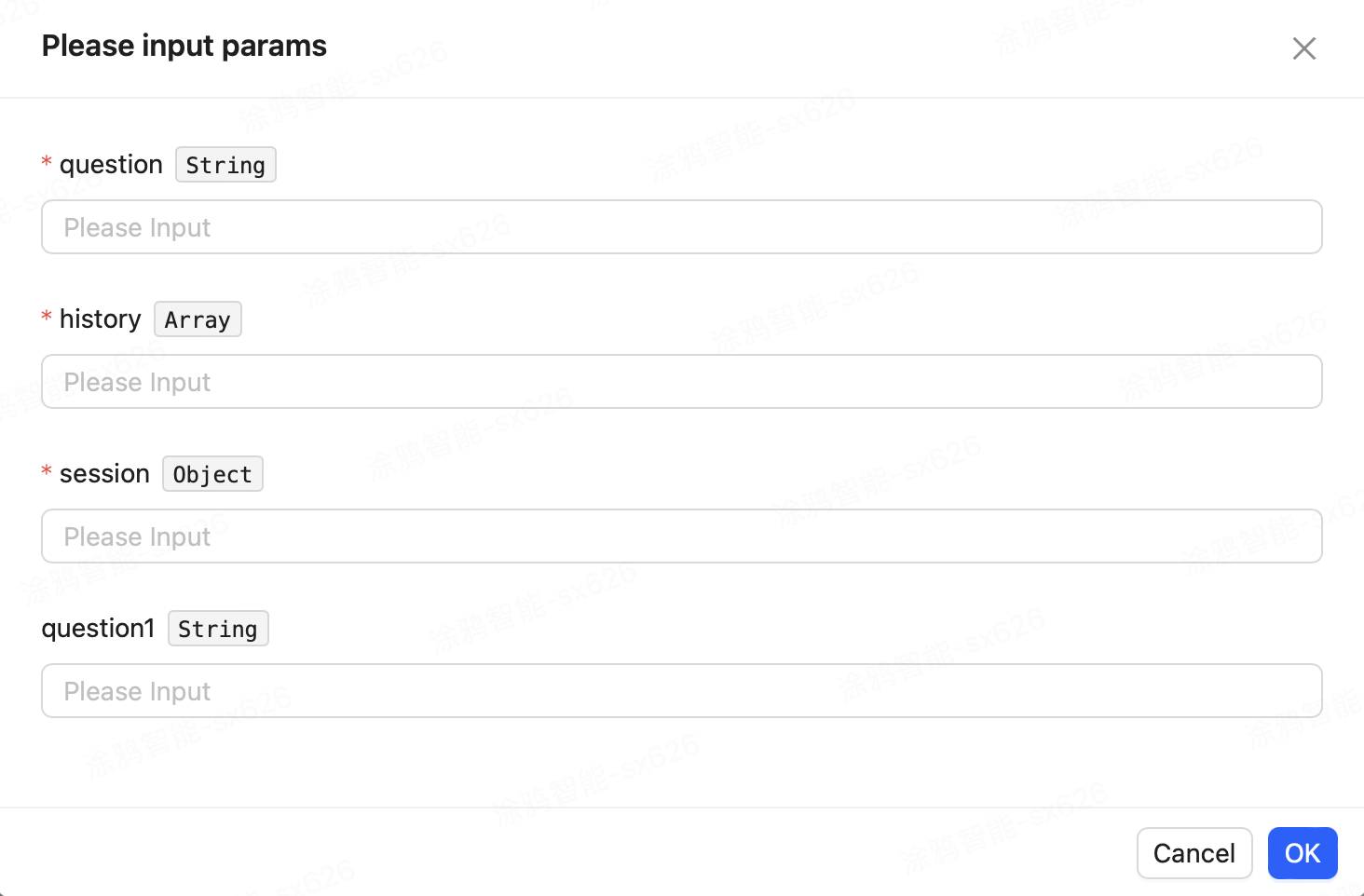
Subsequently, it will execute step by step according to the arranged nodes and lines. The current execution progress will be displayed, and steps that have been completed will show Run successfully.
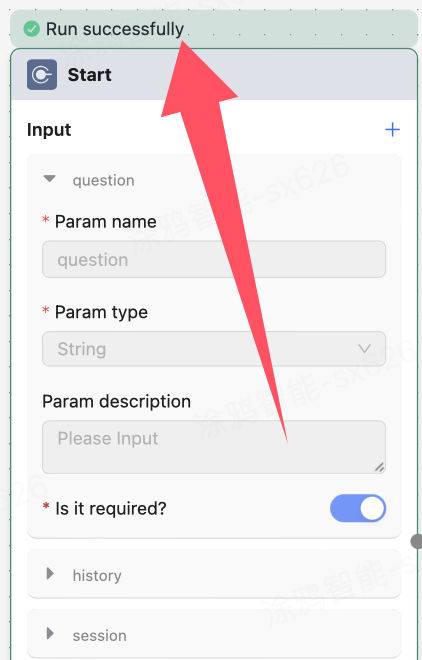
When an error occurs, Run failed will be displayed above the error step, and error information will be shown at the top of the interface for the user to identify their mistake.
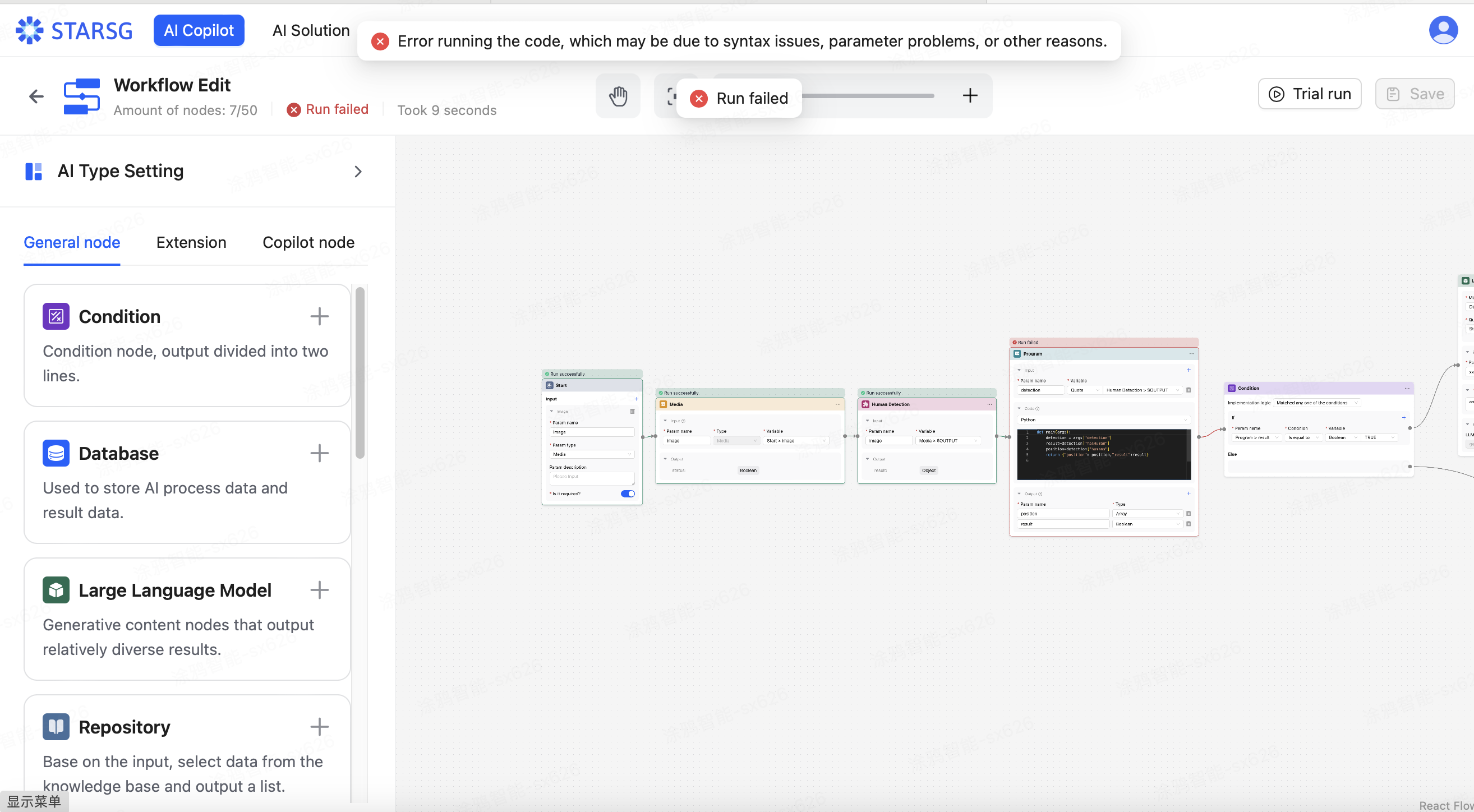
Optimization
Workflow identifies and optimizes bottlenecks and deficiencies in the process by analyzing and evaluating execution results. Optimizing the workflow improves the efficiency and effectiveness of business processes, promoting continuous improvement and innovation.
Workflow achieves the standardization, automation, and optimization of business processes through the orderly organization and management of tasks, activities, and steps, improving work efficiency and business effectiveness.